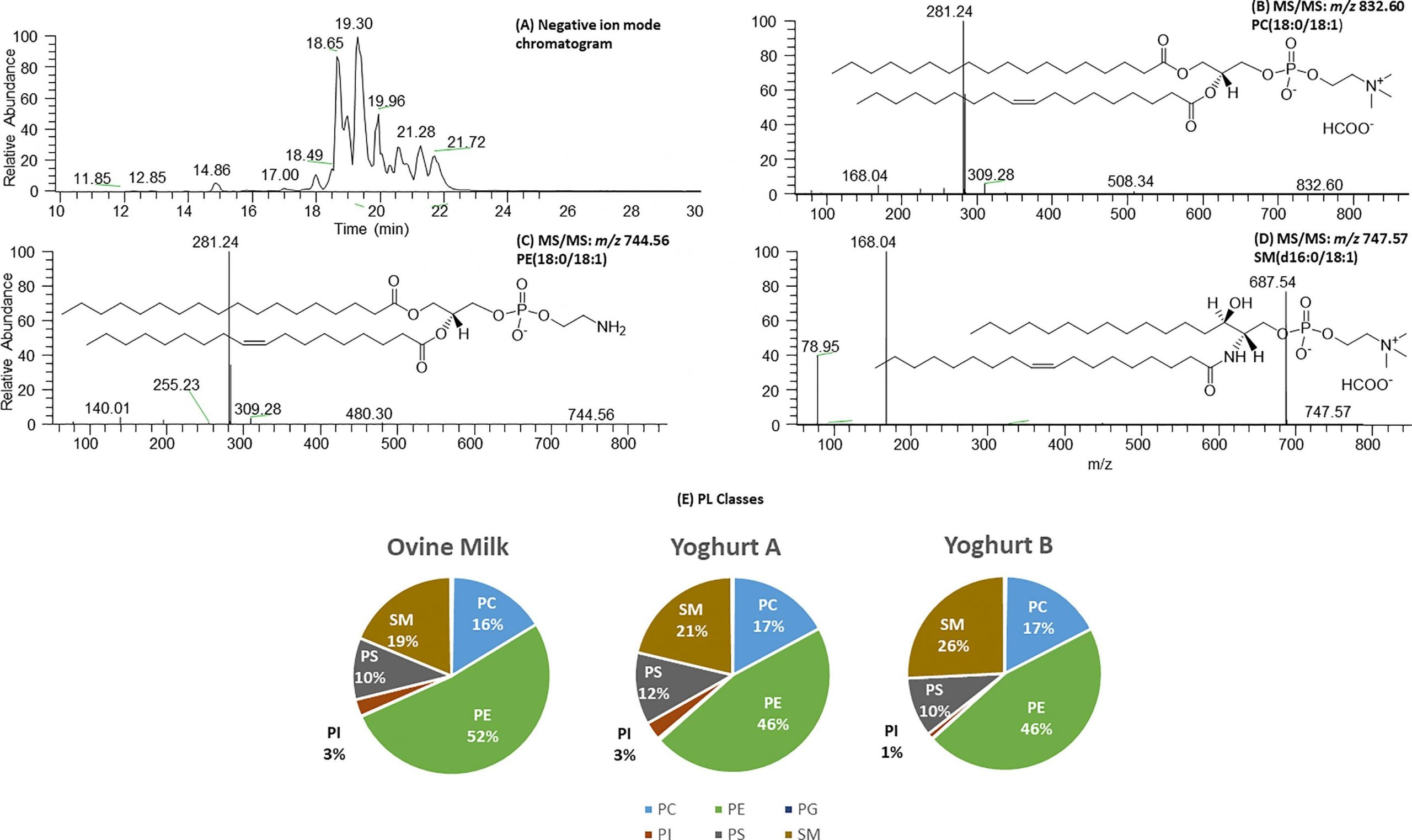The Sacred Cow film made me think about the nutritional value of meat and dairy products; are they cardioprotective? Do vegans miss some valuable nutrients?
Veganism and dairy products
Being a vegan means a diet free of any animal product, free of dairy, free of meat, free of fish.
According to the Vegan Society,
Veganism is a philosophy and way of living which seeks to exclude—as far as is possible and practicable—all forms of exploitation of, and cruelty to, animals for food, clothing or any other purpose; and by extension, promotes the development and use of animal-free alternatives for the benefit of animals, humans and the environment. In dietary terms it denotes the practice of dispensing with all products derived wholly or partly from animals.
What do the vegans miss in terms of nutrients?
Dairy products and Vegans
the purpose of this post is to show what nutrients vegans miss from not eating dairy products.
Dairy products are an excellent source of proteins and lipids.
I am going to focus on lipids, today. Cardiovascular diseases (CVD) remain a major cause of death and morbidity globally and diet plays a crucial role in the disease prevention and pathology. The negative perception of dairy fats stems from the effort to reduce dietary saturated fatty acid (SFA) intake due to their association with increased cholesterol levels upon consumption and the increased risk of CVD development. Institutions that set dietary guidelines have approached dairy products with negative bias and used poor scientific data in the past.
As a result, the consumption of dairy products was considered detrimental to our cardiovascular health. In western societies, dietary trends indicate that generally there is a reduction of full-fat dairy product consumption and increased low-fat dairy consumption. However, recent research and meta-analyses have demonstrated the benefits of full-fat dairy consumption, based on higher bioavailability of high-value nutrients and anti-inflammatory properties. In this review, the relationship between dairy consumption, cardiometabolic risk factors and the incidence of cardiovascular diseases are discussed. Functional dairy foods and the health implications of dairy alternatives are also considered. In general, evidence suggests that milk has a neutral effect on cardiovascular outcomes but fermented dairy products, such as yoghurt, kefir and cheese may have a positive effect.
Veganism and the Sacred Cow
The film Sacrew Cow talks about animals, meat rich diets and the Environment.
As communicated before, the film is a game changer.
It should make us think what we eat and why we eat it.
The film can influence our way of thinking.
Veganism under the prism of the film, should not be encouraged!
Meat and Dairy have strong nutritional values in terms of cardioprotection as shown here and here.
P.S. Figure Legend for the featured image
Fig. 1. (A) Chromatogram showing the of the C30RP-UHPLC-HRAM-MS/MS separation of the PL extracts in the negative ion mode. (B, C, and D) Representative LC-MS/MS mass spectra showing the fragmentation patterns of (B) PC(18:0/18:1), (C) PE(18:0/18:1), and (D) SM(16:0/18:1), which are all examples of molecular species that were identified in the three most abundant PL classes present in the milk and yoghurt. (E) The pie charts depict the relative abundance of the ovine milk, yoghurt A, and yoghurt B polar lipid (PL) extracts expressed as a nmol percentage of the total extracts. Abbreviations: PC, phosphatidylcholine; PE, phosphatidylethanolamine; PI, phosphatidylinositol; PS, phosphatidylserine; PL, polar lipids; SM, sphingomyelin.
